Table of Contents:
- A Beginner’s Guide to Lead Generation
- What is a lead
- Marketing Qualified Lead (MQL)
- Sales Qualified Lead (SQL)
- Conversation Qualified Lead (CQL)
- Product Qualified Lead (PQL)
- What is Lead Generation?
- Why is Lead Generation Important?
- What is the Lead Generation Process?
- What is lead generation marketing?
- What Channels Can You Use to Find High-Quality Leads?
- Content
- Social Media
- Referral Marketing
- SMS
- How Do You Qualify Leads?
- Determine the Potential Lead’s Interest Level
- Lead Scoring
- How Can You Improve Lead Quality?
Generating leads is the key to success for any business. It doesn’t matter what industry you’re in. If you don’t have a steady stream of qualified prospects coming your way, then it’s hard to grow and expand. This article will provide you with an overview of lead generation and some tips on how to generate more leads without breaking the bank!
Lead generation has been challenging for many businesses in recent years. The traditional method of mass advertising has been massively disrupted by the internet and social media, making it difficult for marketers to cut through all the noise out there today.
What is a lead?
A lead is a person who has shown some level of interest in a particular business, which could include anything from browsing their website to submitting an inquiry form.
Leads are then categorized and scored based on the amount of interaction they’ve had with your company.
Typically leads have been generated through marketing efforts such as advertising or landing pages, but other methods like word-of-mouth can sometimes be credited for developing them.
Automated lead generation is also possible depending on the type of software you use (or service provider).
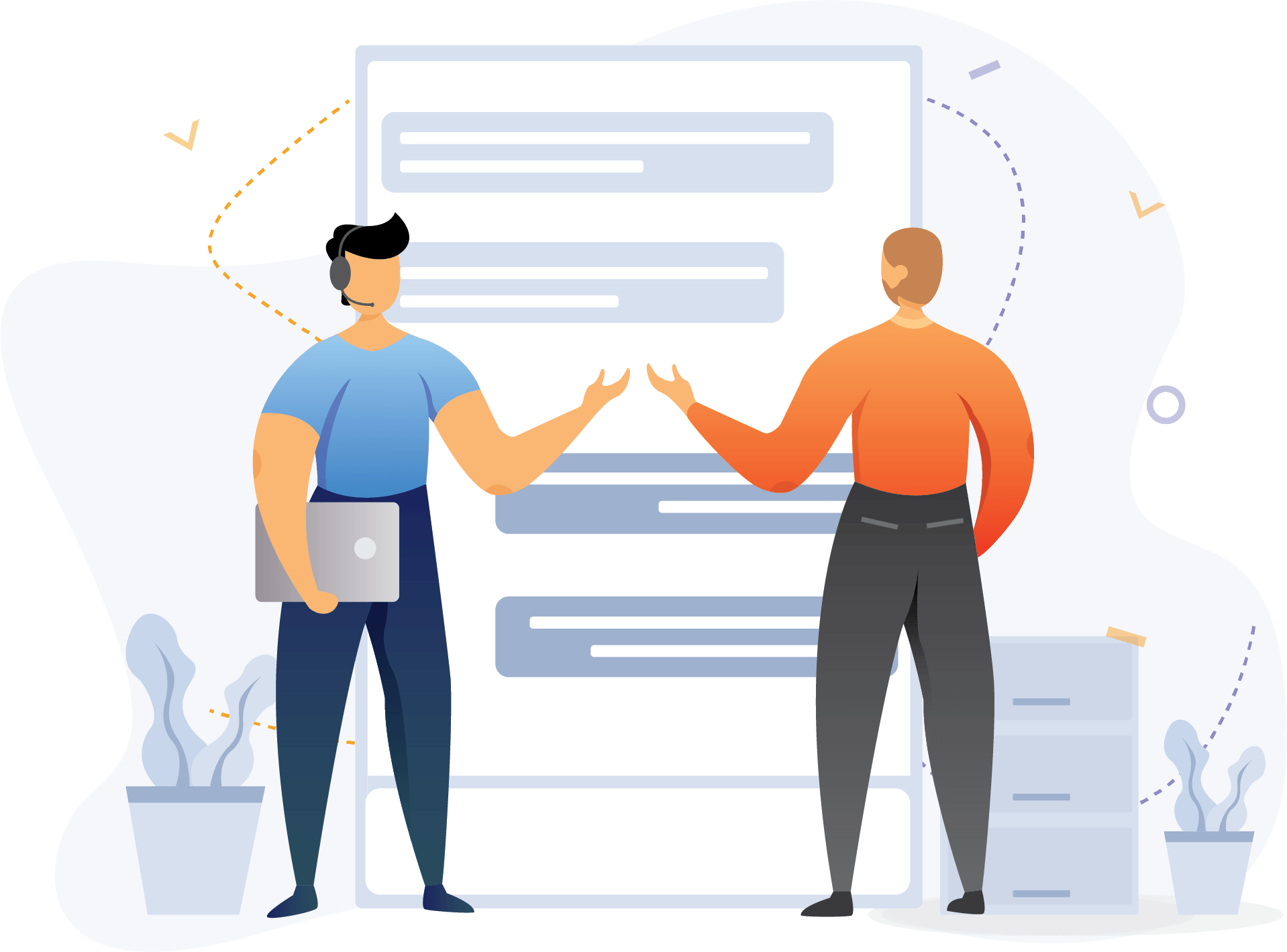
There are different kinds of leads:
- Inbound: These come from your website, customer support, or content marketing efforts.
- Outbound: In this type of lead generation, you reach out to prospects who have not reached out to you yet. This is the most common form of lead generation because it’s what marketers typically use for their campaigns.
It’s essential to know how to identify leads because it helps you decide if they’re high quality or not. Some things that can help identify them are:
- The lead’s title
- Their job role and seniority in their organization
- Information about their company, such as the number of employees and revenue.
It can help you connect better with people wherever they are in the sales funnel.
You can find leads from your website, customer support, or content marketing efforts.
It’s essential to know how to identify high-quality leads and not just keep pushing them through the sales funnel. It helps you decide if they’re a good fit for your campaign, so you don’t waste time on the wrong potential customers. Your leads undergo different lead stages.
Marketing Qualified Lead (MQL)
In marketing, a qualified lead has been pre-qualified. It’s not just enough to have an exciting prospect; you also need them to be ready and willing to buy your product or service now! The people who are most likely going to convert into paying customers are those prospects with the most significant interest in what you’re selling. Qualified leads can come from various sources, including advertising campaigns (paid search), SEO, social media marketing, email list building, and content marketing.
Qualified leads help companies determine their target audience by focusing on individuals who show potential for profitable customers. A good marketer will use several different channels and produce multiple touchpoints before getting someone onto their “lead” list.
Sales Qualified Lead (SQL)
A sales qualified lead, or SQL, is someone who has shown a high enough level of interest in your product to be considered as an eventual customer. In other words, they are making progress towards becoming a paying customer!
Sales qualified leads should have interacted with one of the forms on your website and provided contact information (email address) for you to follow up with them. They may also need to answer some qualifying questions about their needs and how they intend to use your product before being converted into a lead. Your sales and marketing team must agree on who qualifies as a sales lead.
Conversation Qualified Lead (CQL)
Conversation Qualified Lead (CQL) is a lead that has been qualified by an individual with whom you are having a casual conversation. The difference between this and other types of leads is that it’s based on your personal experience, not relying solely on statistical facts or analytic data.
To qualify as a CQL, the following criteria must be met:
- You should have known the person for at least 15 minutes before qualifying them as a lead.
- You’ll need to ask questions which require more than “yes” or “no” answers to verify information from the prospect.
- They will also need to show sufficient interest in what they’ve heard so far after those 30 minutes pass by from a bot or an employee of the company.
Product Qualified Lead (PQL)
Product Qualified Lead is a lead qualified as fit for the product or service you offer.
- Do not call a lead “sales-ready” if it is not, and do not try to sell something to them before they are ready
- A PQL can still be persuaded but needs less work
It’s essential to speak with someone who knows what they want and has researched your company to get information about how much money they’re willing to spend when they want their purchase delivered, etc.
Product qualified leads can be your existing customers who have been using the free tools of your service or the accessible version of your product who ask about paid plans.
What is Lead Generation?
Lead generation is any process aimed at creating a lead, any person or organization that has shown some level of interest in purchasing your product/service. Lead generation efforts include exposing an audience to information about the business and its offerings to develop a sales pipeline.
Leads are generated as soon as a customer completes a contact form on your website’s homepage or downloads your white paper from the blog post below. Leads also come from other avenues such as word-of-mouth referrals by family members, friends, colleagues, and neighbors; press releases announcing updates to products and services; social media posts mentioning you or your company name (including ads); sponsored links via Google AdWords, Facebook Ads, etc.; online marketing campaigns like banner ads and email advertising messages sent through MailChimp.
Lead generation uses social media platforms to generate leads. Social media platforms have emerged as a popular option for generating sales and marketing leads because they offer businesses the opportunity to target specific demographics with tailored messages about products or services, driving qualified prospects to their websites to complete contact forms on your website’s homepage or download white papers from blog posts below.
Lead generation includes exposing an audience to information about the business and its offerings (such as social media posts mentioning your company name). Create a successful marketing campaign with the proper lead generation tools.
Why is Lead Generation Important?
Lead generation is a process that is essential to marketing any business. It is the practice of finding, generating, and qualifying prospects for your product or service. Lead generation can be done in many different ways, depending on what lead you are trying to reach.
You can measure the success of your lead generation campaign in lead quantity and lead quality. The marketing team focuses more on lead quantity to quickly build a customer base, while sales teams focus more on lead quality. Lead quality refers to how “good” or qualified each prospect looks. You can increase your ROI and conversion rates by focusing on quality leads. Lead generation also ensures your brand is aligned with the right customers by focusing on your target audience.
Messenger Bot also provides lead generation services so your sales and marketing team can focus more on more important tasks.
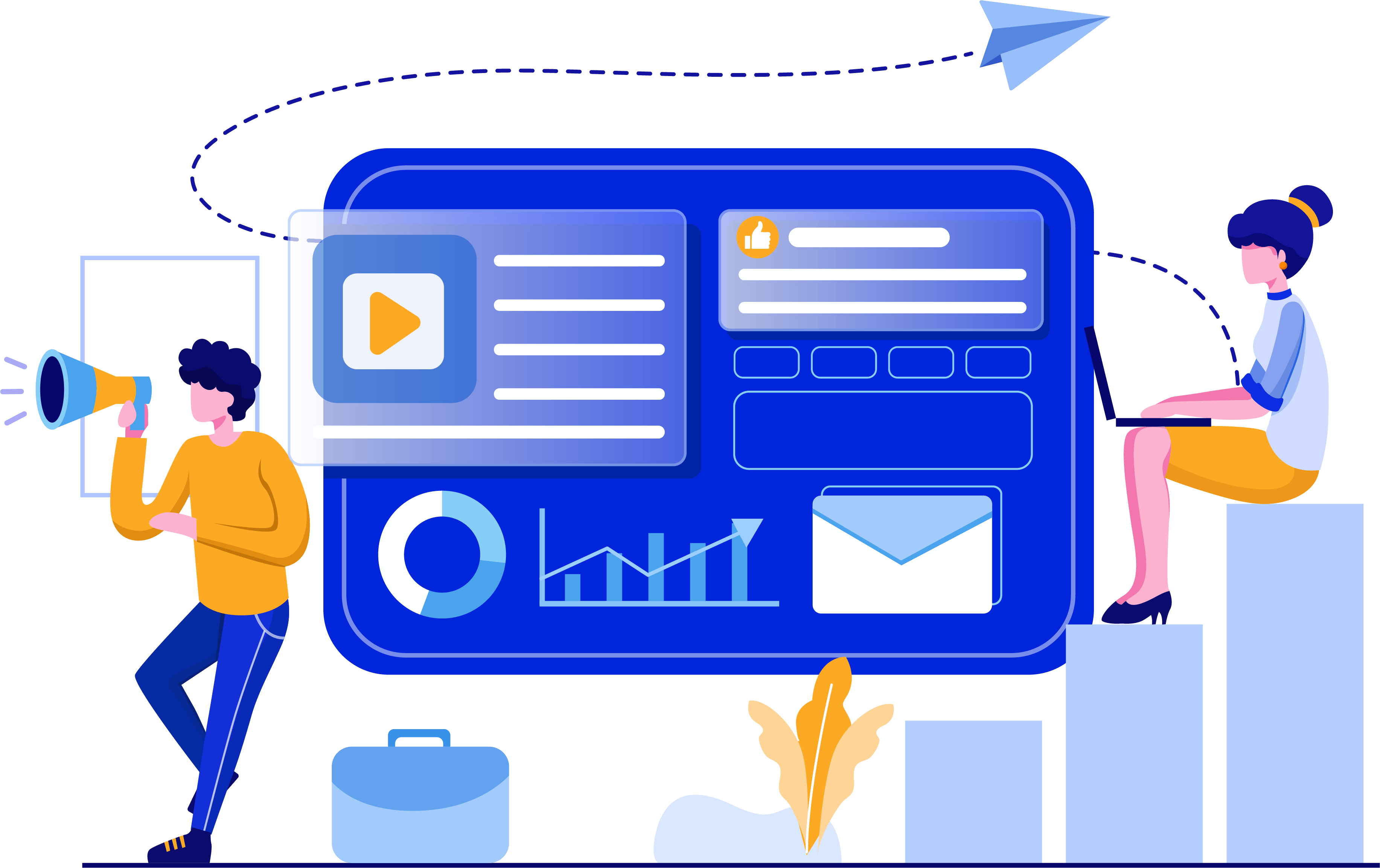
What is the Lead Generation Process?
Generating leads is often a confusing process for many marketers. They may not know what steps to take or which are the most important and impactful ones. The five-step lead generation process is an excellent way to outline how you should be generating qualified leads for your business.
How does the lead generation process works using the Messenger bot?
Step One: Website visitors click a call-to-action (CTA) button on the company website, such as an opt-in form.
Step Two: The messenger bot responds and asks for their name, email address, or mobile phone number. Messenger bot will also ask them questions that could determine if the website visitors are qualified leads.
Step Three: Once the Messenger bot determines the qualified leads, these qualified leads will join your nurture campaign. You can now provide valuable content and offers to keep these potential customers.
Step Four: You can now start finding high-quality leads by using lead scoring.
The goal of lead generation is to find potential customers and turn them into high-quality leads. Lead scoring helps you keep track of the best possible customers by ranking their interactions with your company on a scale from one to five stars. For any scoreable actions, meaning when a customer provides their personal information like name, email address, or phone number, they will be given at least two points in return – this way, you can tell which prospects are qualified ones that could become paying clients.
Leads can also earn more points if they have been engaged in other activities on your website, such as watching videos or filling out forms, but these types of activities don’t always happen, so there’s not much value placed on them.
Step Five: You can send personalized offers once the lead reaches a specific lead score. You may also hand them to your sales team to close the deal.
What is lead generation marketing?
Lead generation marketing is the front-end of lead generation. It can be defined as the act of promoting your product or service to generate potential customers, clients, patients, etc.
The objective is for these people will then subsequently engage with your business by purchasing a product/service or filling out an online form (e.g., Lead Generation Form) that gathers their contact information which you can use for follow-up purposes such as sending them email messages about offers they might like at some point in time in the future.
Lead generation marketers try to do this through content marketing: creating written articles on blogs or websites that are intended to attract attention and interest from readers who may share them.
What Channels Can You Use to Find High-Quality Leads?
Choosing the proper channels to find your target audience is essential in generating leads. There are many channels to choose from, and it’s not always easy. It can be confusing because there is no perfect channel that will work for everyone in every circumstance.
The best way to determine the proper channels for your business is with a simple exercise: list out all of the different ways you currently interact with customers or potential customers and rank them in order by how much time is spent on each one (e.g., Facebook may take up more than 50% of your day).
There are several channels you can choose from to find your target audience. Here are some examples of online lead generation tools and media.
Content
Content is an effective way to generate more leads by providing valuable and helpful information to visitors. It is the foundation of your lead generation efforts.
Content can be blog posts, infographics, videos, and other types of media. There are many ways to generate leads with content:
- Links on a website will attract visitors looking for more information about the topic; these links may also lead them directly to your business’ contact page or landing page. For example, if you have helpful articles that provide tips and advice related to marketing automation software like HubSpot®, then articles containing explicit descriptions of how this software works would link to relevant pages from within your site where potential clients could find out more details (and eventually complete a contact form).
- Content is shareable too! Share it on social networks like Facebook and Twitter, publish it in newsletters or distribute it via email campaigns, so it reaches more people.
Content is essential to your inbound marketing efforts and converts leads.

Email marketing is a means of maintaining relationships with existing and potential customers via email. It is one of the most popular channels for lead generation, especially in B2B situations. Email marketing is an effective way to convince the existing leads to take action. Create a compelling copy and clear CTA to hook their attention.
Sending email sequences and bulk emails is now easier with Messenger Bot. You can quickly build templates on the visual builder and respond automatically.


Ads and Retargeting
Google ads and previous retargeting customers can help generate leads. This can be tricky because you have to make sure your ad delivers what it promises to gain the trust of your visitors.
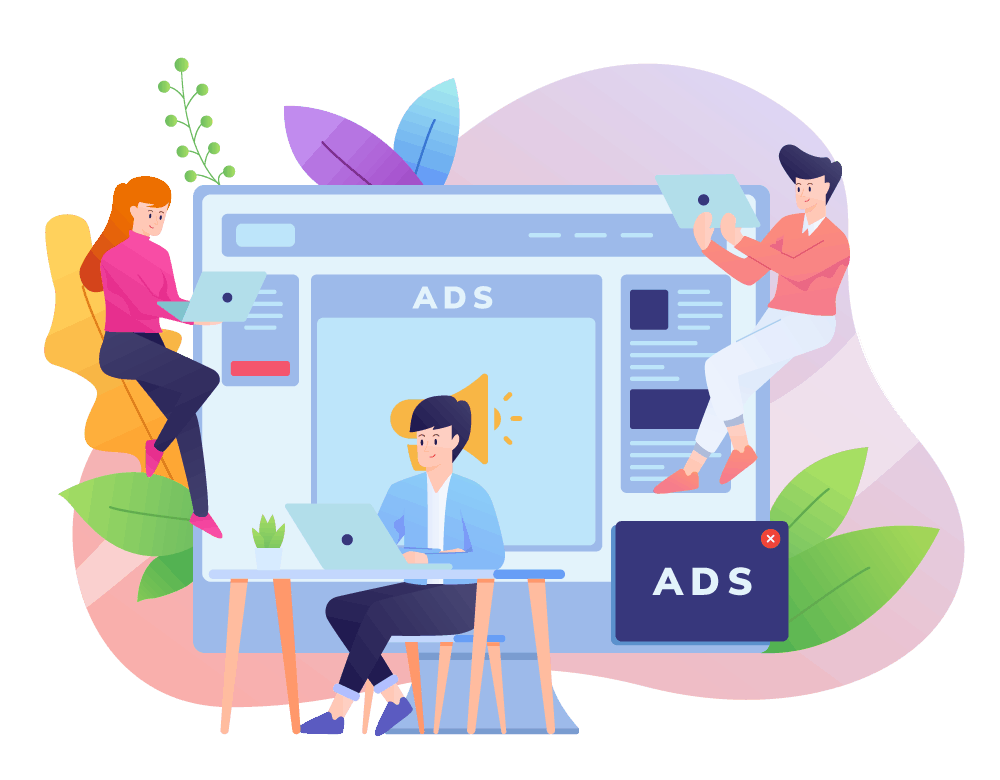
Referral Marketing
Referral marketing, or word-of-mouth marketing, is a marketing strategy that relies on customer referrals.
Referral marketing is usually the most cost-effective way to generate leads for your business because it leverages people’s natural word of mouth advertising through their friends and family, in addition to developing brand awareness by providing them with incentives or rewards.

SMS
SMS is another channel used for lead generation. With SMS, leads can be generated and sent directly to a CRM system. These leads will then have an assigned lead identifier that the company’s management can track down with ease.
This is perfect for any small business owner who wants to precisely know their customer needs by following up on those customers’ information from a sales perspective.
Messenger Bot allows you to send bulk emails/ SMS to your subscribers. You can create SMS campaigns with ease and build a relationship with your subscribers.
With landing pages that convert, you’ll undoubtedly start generating leads and turn them into future customers.

How Do You Qualify Leads?
Qualifying leads is essential for three reasons:
- It helps you focus on the most relevant leads instead of wasting time on unqualified prospects.
- Qualifying leads save your team’s precious resources for more critical tasks that require their attention and expertise (like prequalification)
- Lead qualification is an integral part of lead generation strategy, as it sets metrics like how many people to contact per day or week. In other words, it defines how much work can be completed in a given time. Without qualifier criteria, teams will spend too much time contacting the wrong type of person!
There are two common ways of qualifying a lead: determining how interested the information is in your service or product and lead scoring. Let’s look at each in more detail.
Determine the Potential Lead’s Interest Level
Leads can be broadly categorized into four levels: Ready, Interested, Engaged, and Loyal.
Ready leads are ready to buy now or purchase on the spot if provided with a compelling offer; they have an urgent need for your product.
Interested prospects are still shopping around but would like more information about your service before committing to anything. They might not have been in contact with anyone else yet, so you could make that first impression count by reaching out!
Engaged prospects already know who you are and what products/services you provide them with, though they don’t necessarily do business exclusively with you – they’re looking for quality customer service as well as competitive prices from other providers.
Finally, some loyal customers will take time and effort to buy your service or product.
Knowing your lead’s level of interest is crucial to your lead generation strategy, so you’d know which leads you can direct your focus to.
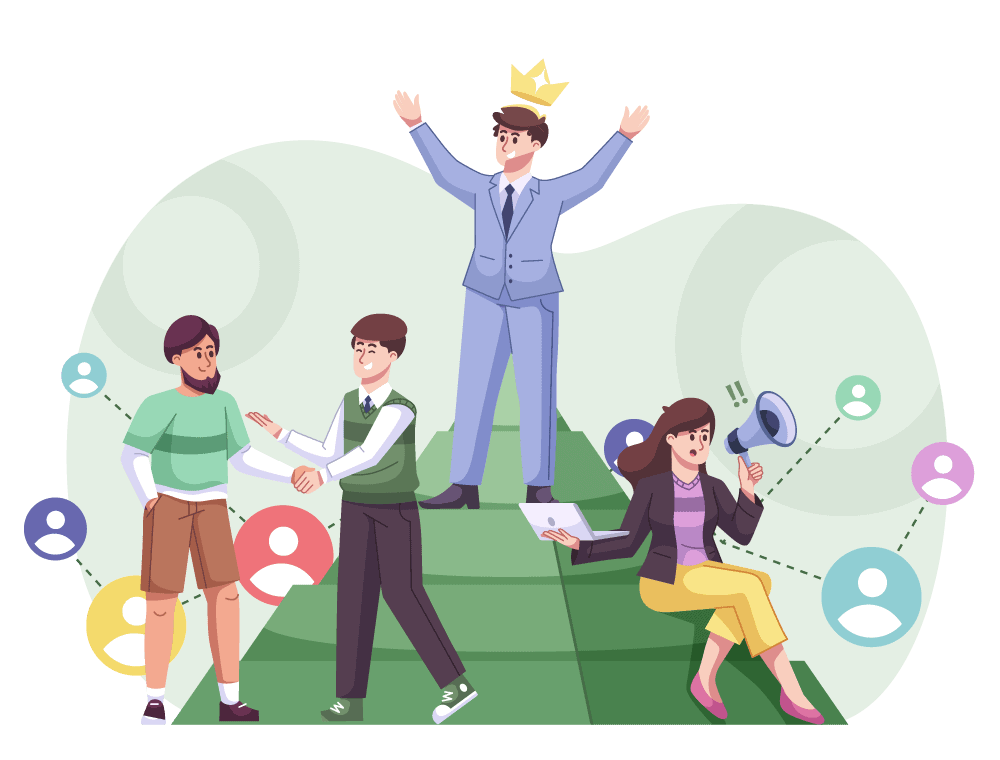
Lead Scoring
Lead scoring is the process of evaluating lead quality. Lead scoring is an effective way to qualify leads because it helps you prioritize your salespeople’s time to be more productive in closing deals with qualified leads who are most likely to buy from them.
Leads that don’t meet your sales criteria should have their status adjusted accordingly to free up resources and shift focus on those who may not need as much handholding or nurturing.
This approach also allows you, the marketer, to spend less time qualifying leads by passing off this task onto someone else (like the salesperson) while still ensuring high-quality prospects stay a top priority. A side benefit of using lead scoring can identify when potential customers become inactive.
How Can You Improve Lead Quality?
Improving your lead quality is all about knowing what your perfect customer looks like and making sure that you’re focusing on them. Here are some ways that can improve lead quality:
- Blog posts are a great way of generating leads, as they give potential customers information related to their field.
- PPC is an affordable option when it comes to lead generation
- Use keyword research tools such as Google Adwords Keyword Tool to determine which keywords will generate traffic from qualified buyers. This tool can also help you see how much competition there might be with specific keywords to know where best to invest your time and money.
- The blog’s contact page should have customer testimonials/comments in addition to giving visitors.
It’s now easier for marketers to acquire high-quality leads with marketing tools, lead generation software, and social media.
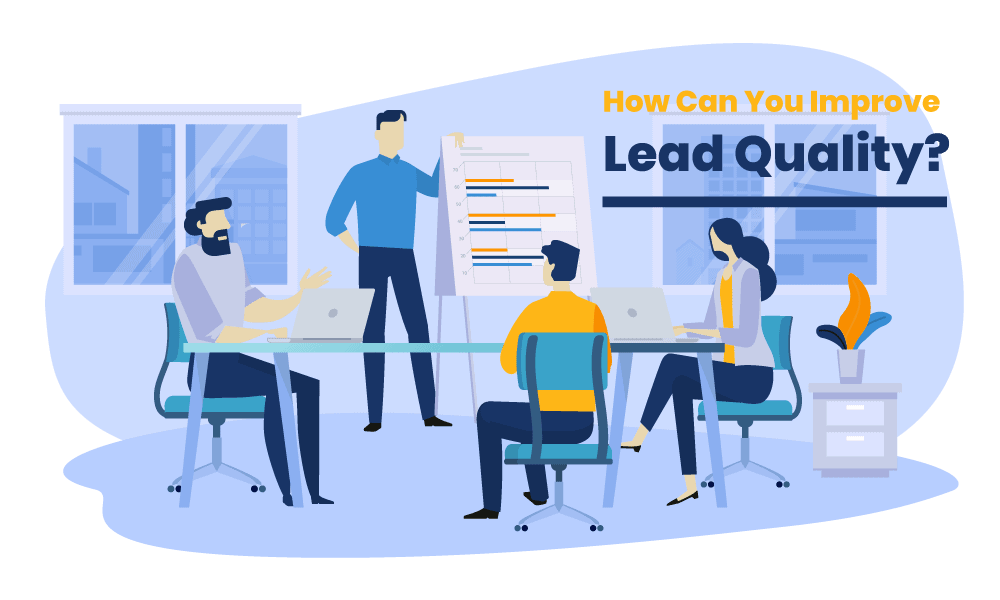
What is a Lead Generation Strategy?
A lead generation strategy is a systematic process for building business leads. It includes four key components: lead capture, lead magnets, lead qualification, and lead segmentation.
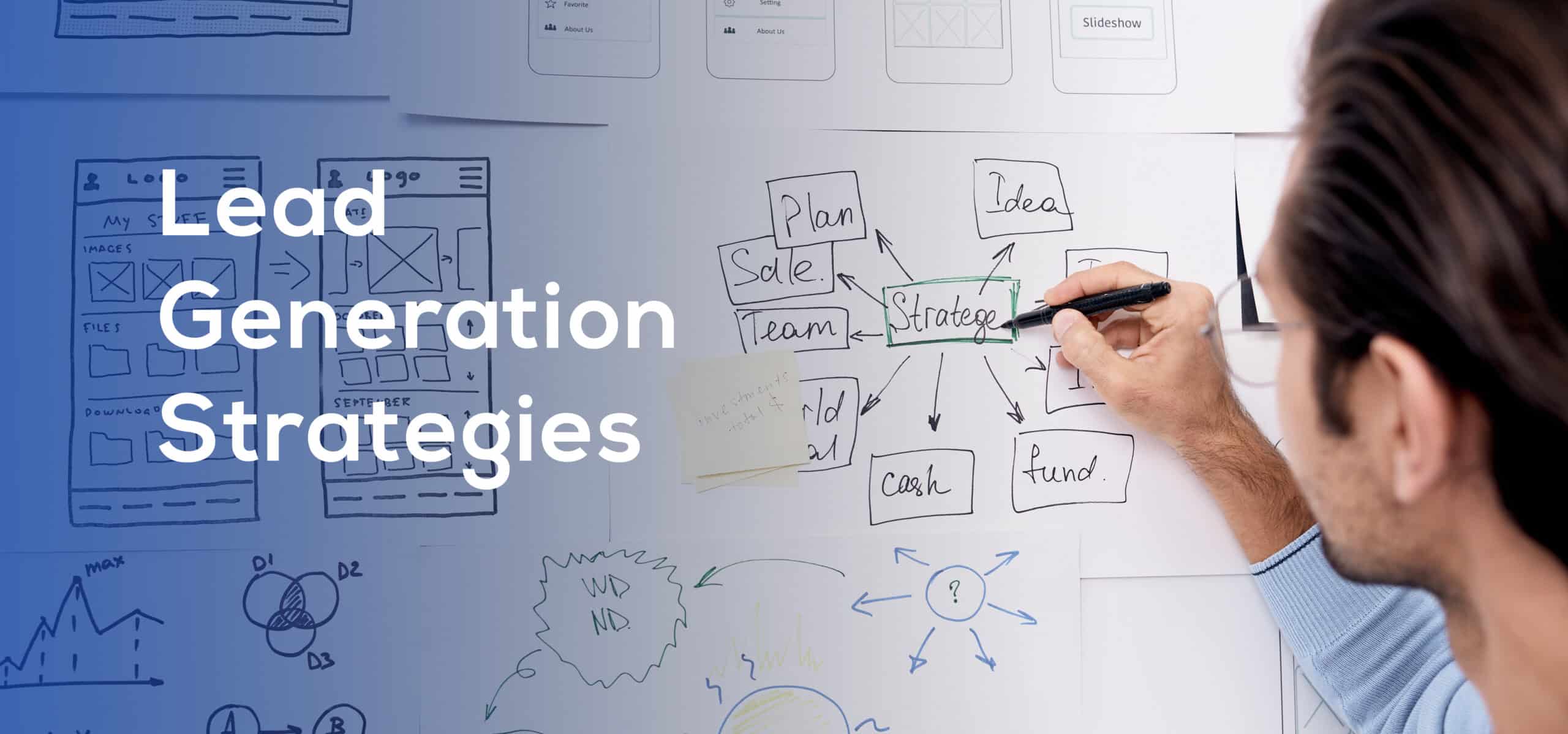
Lead Capture
The first step is to get potential customers’ contact details which can be done by running a landing page or using an email form on your site. This method of getting the contact information of a lead is called lead capture.
Lead Magnets
Lead magnets are the content you use to attract customers interested in your product or service. Lead magnets can be a free downloadable ebook, video training course, whitepaper, checklist, and more.
Lead Qualification
Lead qualification It’s essential to qualify leads before accepting them because not all of them will convert into paying clients. This is a process to determine if a piece of information is likely to buy the company’s product or service.
Lead Segmentation
Lead segmentation is the process of breaking down leads into smaller, more manageable groups. This can be achieved by grouping according to different personal information about the leader – such as their company’s size or industry type – and using that data to tailor marketing messages appropriately.
The process of segmenting leads based on their information can help determine the chances of a leader buying your service or product.
Lead segmentation will also give you an idea of which channels work best for your campaigns so you know where you can find sales leads.
What Lead Generation Strategies Can You Use in Your Business?
Lead generation strategies should be aligned with both sales and marketing teams’ goals. Lead generation strategies vary depending on the platforms you use.

Facebook is one of the most popular social media platforms. It also has a feature for lead generation that is free to use, which few other lead generation tools have.
Another lead generation strategy you can use on Facebook is to use a chatbot.
Lead generation via social media has been proven effective, and the lead-gen features of Facebook are simple enough that even someone new to lead gen can be successful with them.
Chatbots can also generate leads online by asking questions, aggregating data from different sources, or just answering queries. Messenger Bot is a great tool you can use for lead generation with a quick response time and a straightforward experience.

Twitter is a social networking service that allows people to send and read short messages called “tweets.” Twitter is an excellent tool for lead generation because, with over 500 million monthly active users, it’s one of the top go-to sites on the internet. This large user base makes Twitter a platform where you can quickly build relationships by following or tweeting other users in your industry.
A great way to generate leads on Twitter is by find influencers who are relevant to your business’s niche. Another way is by following and interacting with potential customers by retweeting their tweets, liking them, or commenting on the tweet. This will help create a sense of familiarity between your company and users, leading to more conversions for you in the future.

Instagram’s features make the app a great lead gen tool. The app is used by over a billion people, so it’s highly likely that potential leads are using the platform. Instagram allows users to tag other accounts in posts and stories, leading followers from one account to another. Reports allow for more real-time engagement with your audience as you can post updates at any time.
With Messenger Bot, you can integrate your Instagram business account with our app. You can enable our app’s Auto Comment Reply feature to answer queries and ask questions to potential sales leads.
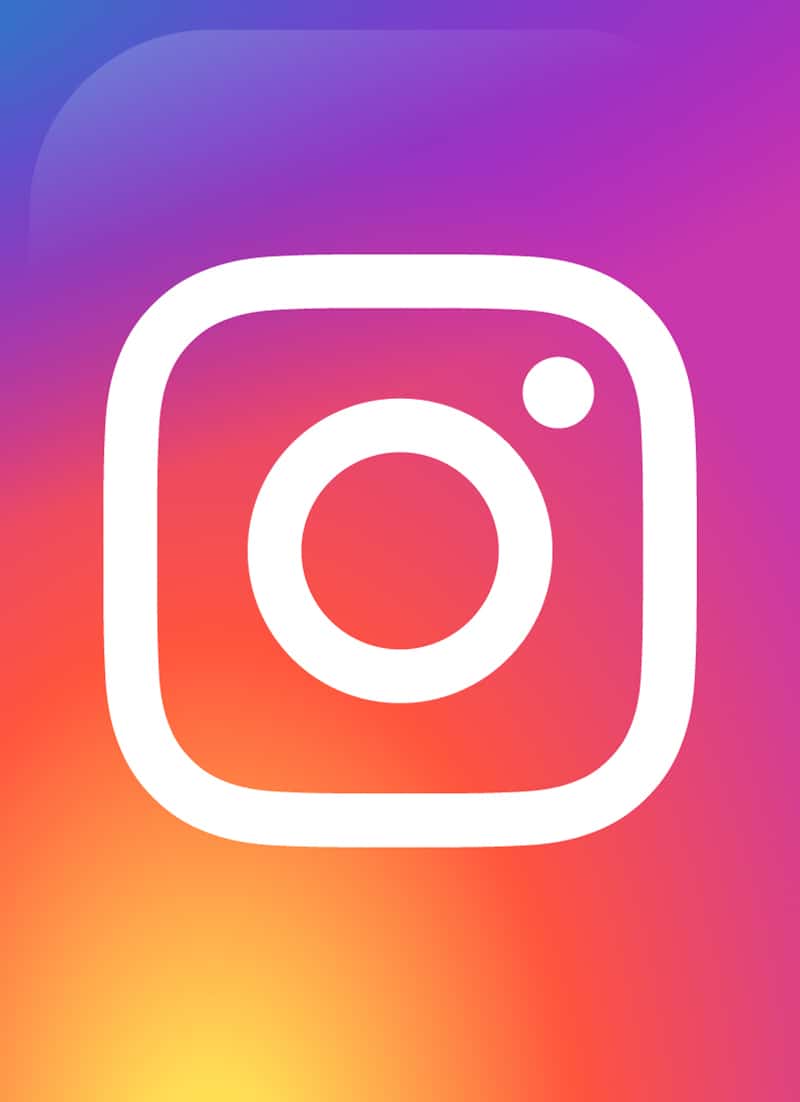
PPC
Pay-per-click lead generators are a way to generate leads at an affordable price. These lead generators work by advertisers bidding on keywords that people type into search engines when they need information or services for their business.
The benefit of PPC is that it’s more targeted and relevant than other forms of advertising, which means your ads will be seen by people who want what you have to offer – not just any random person.
PPC also gets results fast; if someone clicks on your ad, then instantly (within 20-30 seconds) there’s potential for those leads coming in!
What Are the Keys to Successful Lead Generation Campaigns?
A successful lead generation campaign starts with understanding the customer’s needs or wants by creating a buyer persona (or personas).
Create marketing messages that speak to these specific groups of people to bring them into your funnel. It is essential not to waste time trying to sell something too expensive or complicated if it doesn’t resonate well within their demographic.
Now you need content for this market segment. What types of information will work best? Without knowing who your target audience is, there are no guarantees that any particular kind of content will do better than another- but we can make an educated guess based on other factors such as location, age group, etc.
The sales and marketing departments should be aligned with their lead generation goals for a smooth and straightforward process.

Use lead generation software to create landing pages with content to meet these needs.
Are you trying to sell a complex product? Focus on the benefits it will provide instead of its features so that your pitch appeals more universally. You’ll get far better results from people looking for solutions than those searching for products they don’t know how to use.
An excellent way to measure success is by using lead generation software to track metrics such as conversion rates and traffic sources over time, helping you figure out what’s working best and where improvements are needed.
The final step is getting in touch with leads and converting them into customers or turning prospects into sales-ready leads. This can be done through email campaigns of one form or another (including marketing automation software).
Your lead generation campaign will surely drive outstanding results for your business with the right lead generation strategy and tools.

What Are the Lead Generation Trends You Should Know?
Lead generation strategies are evolving as new technology emerges. However, few trends stand out among all the noise. Read about them below.

Influencer Marketing
Influencer marketing is a form of marketing that utilizes influential people to endorse products or services to generate awareness and sales.
Leads generated by influencer marketing are typically more qualified than leads from other sources because the endorser is considered “trusted” and can have a broad reach on social media networks. Influencers with large followings may provide instant lead generation for small businesses, while micro-influencers (those with less than 100K followers) may offer better conversion rates per follower.
Influenced marketers want both visibility and trust: they need their audience’s attention. They want them to buy what they’re selling to improve customer retention rate – so it becomes clear why building relationships between content creators and their audiences is crucial.

Video content marketing
Videos are becoming more and more popular with every passing year. This is because they are a great way to express yourself, teach something, or generate leads for your business.
Start by creating an explainer video of your company’s products/services if you have any. These videos can help potential customers understand how the product works before they buy it. It also gives them some insight into what kind of person would be using this type of service which creates trustworthiness even before anyone gets in touch with you!
The very best part about these types of videos is that you can use them as a lead generator tool without having to pay anything extra – just upload them on YouTube and other social media platforms.

Conversational marketing
Conversational marketing is another form of marketing where companies are starting to use chatbots and other informal methods of communication as part of their sales process.
Conversational marketing allows businesses to interact with prospects on the same level they would if they were face-to-face, but at the convenience and comfortability of them being behind a computer screen or phone.
This new form of marketing has been shown to have higher conversion rates because people want an easier way out when buying something for themselves or someone else. They don’t want any hassle from going through steps to buy what they want; instead, all required is clicking “yes.” Conversational Marketing reduces friction points by making things quick and easy.
Boost Your Lead Generation Efforts with Messenger Bot
Messenger Bot can help you with your lead generation campaign with no complications. You can easily track your analytics from your dashboard, target hidden audiences, and send unlimited bulk messages with Messenger Bot. Set up your chatbot to start generating leads with Messenger Bot!


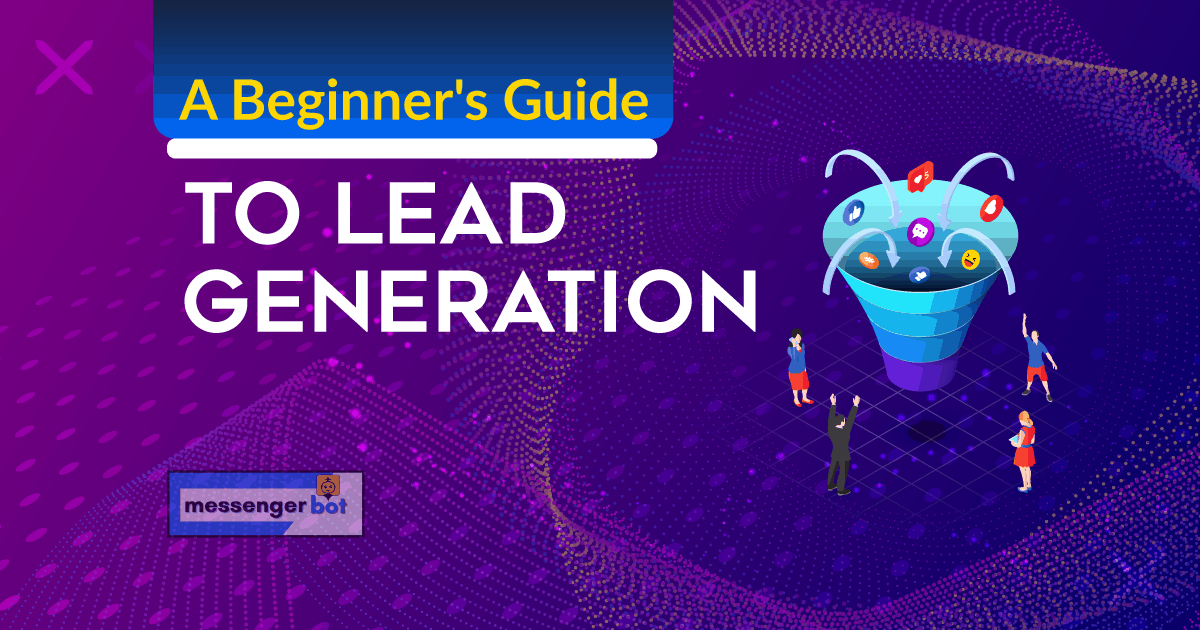
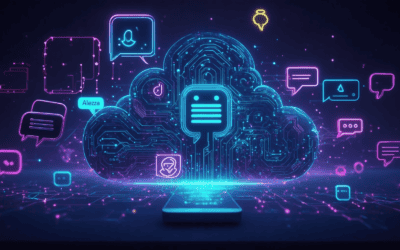

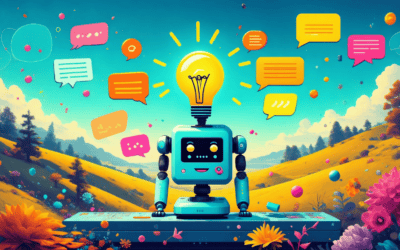
Social Media
Social media platforms are practical lead generation tools that can help the marketing team attract potential customers. Social media can also boost your inbound marketing efforts, so it’s essential to leverage the use of this channel. Posting content on social media channels can help you get closer to your targeted leads. Use the features of the social media channels to drive prospective leads to your Facebook Messenger or chatbot and start conversations with them.
Messenger Bot can help convert leads to a sale by starting conversations with your information. Our software can quickly grab your sales leads’ attention and build brand awareness for new tips which just heard about you and are interested in knowing more about you.